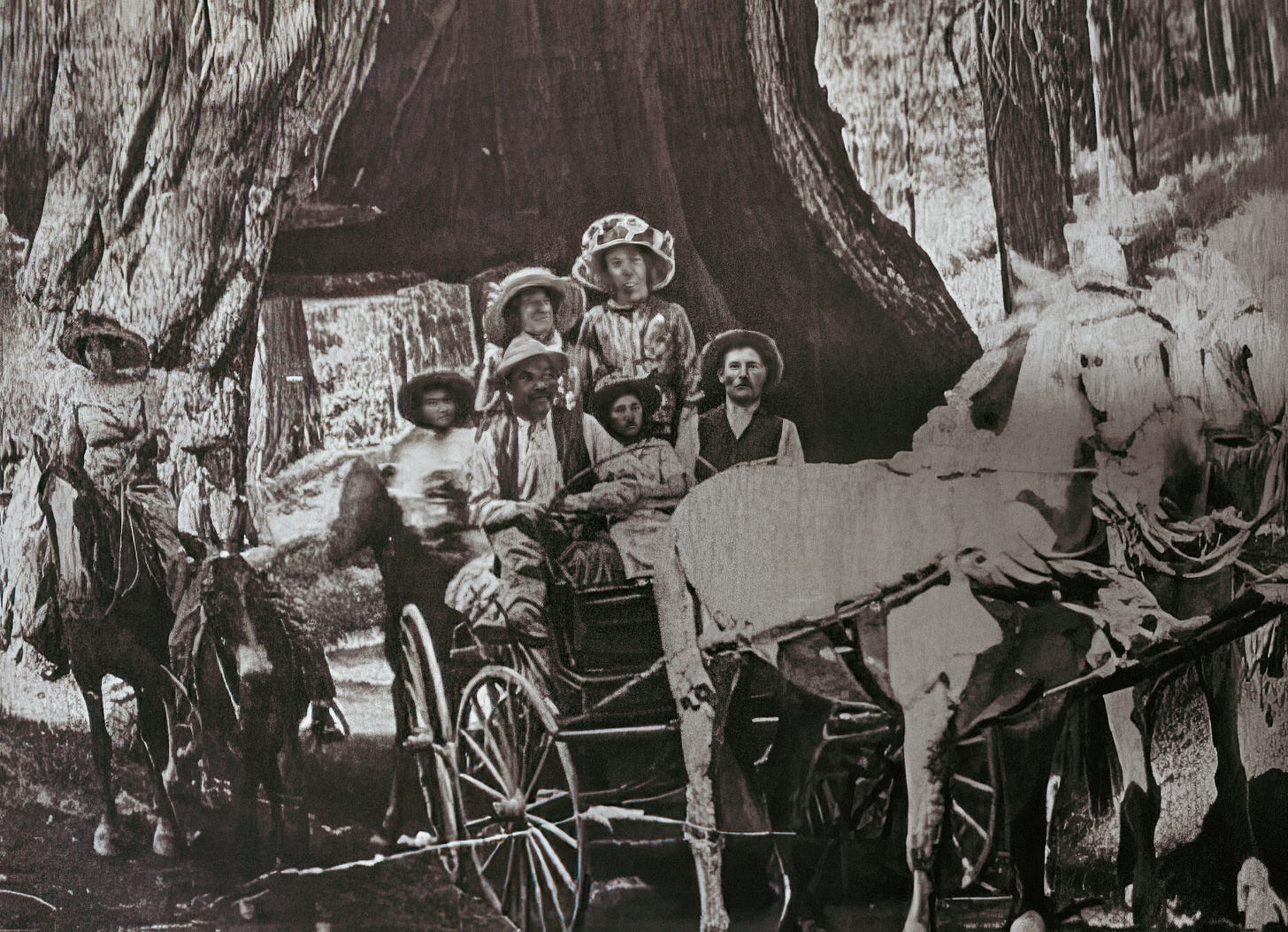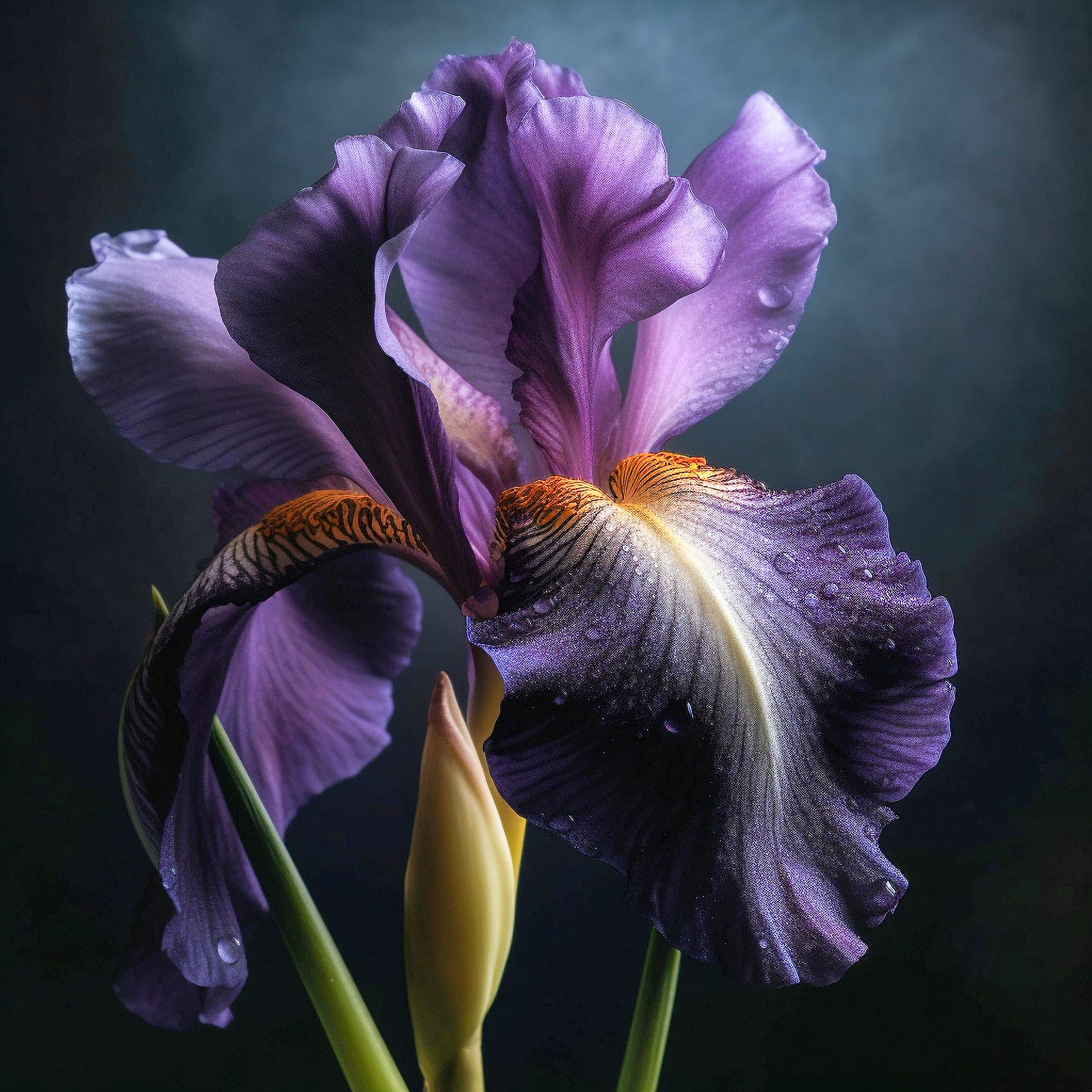NAPA, Calif. — We all have family histories, the stories we learn as children that become part of who we are as adults. We usually gather these stories and histories from people, books or classes, but sometimes we find history in the garden.
As I was growing up, I heard lots of stories about the plants in our garden. My little brother, Christian, introduced us to kohlrabi. My great-grandma loved pansies, and of course I heard about my grandma’s sweetbriar roses (Rosa rubiginosa).
But there was always a drop in tone, a seriousness, the sound of reverence when I heard, “Maren, you know where those irises and daffodils came from? You do remember?”
As a child I knew the answer. As an adult I have these same flowers in my own garden. But I didn’t understand the connection between my family history and the history of California until this past spring, when I was training to become a master gardener.
We had an assignment with vague instructions: to speak for three minutes on a topic related to gardening. That was it. I decided to focus on the irises and daffodils in my garden, and in doing so I discovered more than I expected about my family history and California’s.
On my maternal grandmother’s side my family came from the foothills of the Sierra Nevada, specifically from the town of Mariposa and up to what is now Yosemite National Park. I am a sixth-generation Californian. As the oldest child, grandchild and great-grandchild, I heard stories about our family during visits with relatives or drives in the country. Sometimes these trips included collecting irises and daffodils on the property of the old ranch, a place precious to everyone in our family. Today this ranch is part of the Sierra Foothill Conservancy.
The stories about one family member were recounted with special fondness. Born Mary Tong-U in Canton, China, around 1830, Mary was the third wife of Joel Westfall, my great-great-great-grandfather. Although Mary and Joel had no children, she was loved by everyone in the family.
Mary was a midwife and herbalist, tending to the medical needs of the community. Many referred to her as the “angel of the mountain.” It was said she would ride on horseback into the mountains to deliver babies and help the injured and sick.
Mary passed in 1901 and is buried in the Mariposa Cemetery. The darker side of Mariposa history includes many attempts to remove immigrants from the area. Some of these attempts involved acts of incredible violence and hatred. Although people spoke fondly of Mary, I am acutely aware of the inexcusably racist actions once directed at Native Americans, Asians and African Americans in California.
But what does this history have to do with irises and daffodils? We traveled to the house on what I knew as the “lower ranch” to gather rhizomes and bulbs for our gardens and to share with someone in the family who had a new home. My great-grandma explained, “They forgot to dig them up and bring the flowers along to the new place. So that’s our job, Maren. We don’t want anyone to forget.”
Plants travel with people. The bearded iris came to California with European settlers. Some irises are native to the West, such as the Douglas iris (Iris douglasiana). However, native irises do not transplant well, which is one reason that today it is illegal to collect native irises on national forest land. The irises in my family garden are bearded irises.
Narcissuses, also called Chinese sacred lilies (my family called them China lilies, but this is a different flower altogether), have a more direct connection to California. My great-grandmother told me they came from the Chinese living in Mariposa, Mormon Bar, Hornitos and Agua Fria. In the mid- to late 1800s there were as many as 5,000 Chinese immigrants in Mariposa County, including Mary Tong-U Westfall.
Naturalized narcissuses can be found throughout California in old mining towns. From Weaverville and Bidwell in the north to Cerro Gordo and Randsburg in the south, you can find narcissuses brought to California by Chinese immigrants.
I don’t know how the narcissus came to be planted on my family’s ranch. Did Mary bring them from China? Were they a gift from someone in the community as a thank you for her work? I will never know. But I do know that when I walk in my garden I think of the stories I heard growing up and I share them with my grandchildren. If you look, I am sure you will find histories in your own garden to share.
Food-growing forum: Join UC Master Gardeners of Napa County for a hands-on workshop on “The Fall and Winter Vegetable Garden” on Sunday, Aug. 13, from 3 to 4 p.m. at UC Cooperative Extension, 1710 Soscol Ave., Napa. Planning and some planting begin now if you want to harvest cool-season vegetables through fall and winter. Learn how to start vegetables from seed, transplant and harvest for best results. Register here.
Guided tree walk: Join UC Master Gardeners of Napa County for a free guided tree walk on Sunday, Aug. 13, from 10 a.m. to noon at Fuller Park, Oak and Jefferson streets, Napa. You must pre-register, and each person attending must register separately. Space is limited to 15 people. Register here.
Gardening with the masters: Join UC Master Gardeners of Napa County for this gardening workshop on Saturday, Aug. 19, from 10 a.m. to noon, at OLE Health South Campus, 300 Hartle Court, Napa. Children ages 5 and older are welcome if accompanied by an adult. Class size is limited. Register here and click on “our-services/community-outreach-resources.”
Help desk: The Master Gardener Help Desk is available to answer your garden questions on Mondays and Fridays from 10 a.m. until 1 p.m. at the UC Cooperative Extension Office, 1710 Soscol Ave., Suite 4, Napa. Or send your questions to mastergardeners@countyofnapa.org. Include your name, address, phone number and a brief description of the problem. For best results, attach a photo of the plant. You may also leave a voicemail message with the same information at 707-253-4143.
Maren Rocca Hunt is a UC Master Gardener of Napa County.






I love this story--memory and horticulture, an unbeatable combination!
Beautiful story from a new Master Gardener. Thank you